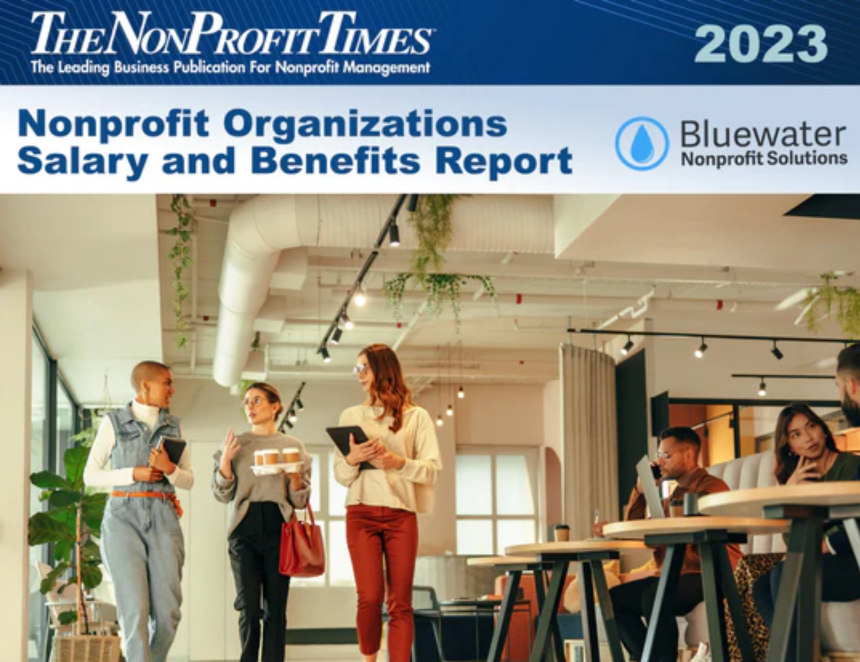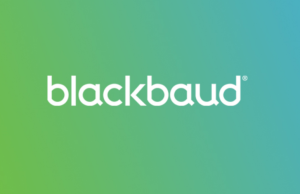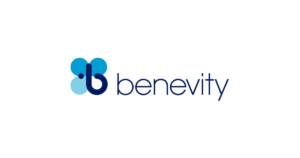By Olga Moshinsky Woltman
“The growth mindset is based on the belief that your basic qualities are things you can cultivate through your efforts.” – Carol Dweck
It is a truth universally acknowledged that employees who are motivated to continuously learn and grow will be the ones to take on new challenges, innovate, and problem-solve.
The concept of growth mindset, developed by psychologist Carol Dweck, is described as a belief that our abilities and intelligence can be developed and improved over time. Growth mindset translates into resilience, better performance, and more positive dynamics. People with this way of thinking tend to see challenges as opportunities, embrace failure as steppingstones to success, and persist in the face of obstacles. In contrast, a fixed mindset is grounded in the belief that talents and skills are fixed traits. Fixed mindset leads to focus on limitations, reluctance to face challenges, resistance to change, and an aversion to anything new and risky.
Growth and fixed mindsets make for an elegant framework. But how do you translate amorphous “growth” into actionable steps? The following outlines strategies to embrace this way of thinking for yourself as a leader and to encourage it in others.
What Is Growth?
In the context of this column, growth is not about structured acquisition of new knowledge or skills but focused on learning to apply knowledge in unexpected ways and stretching boundaries of comfort. This learning can come from different and unexpected places to inspire and spark new ideas and build confidence in your own capabilities. Growth is also incremental and habitual rather than dramatic in scale.
Embracing Growth: It Starts With You
Have you ever experienced the moment of lift off when suddenly you are not bound by the discomfort of not having all the answers because you are confident in your own abilities to solve any challenge that comes at you? You transcend what you already know. Your capabilities are defined by what you can achieve, not what you have already done. That’s the growth mindset. This way of thinking is reflected in your actions and demeanor, modeling behavior for those around you.
Nonprofit leaders are busy and stretched too thin, but carving out room to encourage growth and development is worthwhile to keep your go-getters motivated and to nurture those who will one day become your leaders and propel your organization forward — hello succession planning.
Building an organizational culture of growth will not happen overnight. It requires deliberate engineering, patience, and intention. It starts with your own transformation to become the leader who embodies this way of thinking. Change seldom happens spontaneously or because we wish it. We shape our thinking and ourselves through behaviors that with time and discipline become habitual until they are engrained in who we are.
Cultivate curiosity and resolve to stay informed about trends impacting your work. Regularly update your skills through professional development opportunities, staying proactive in your learning journey. Seize opportunities to stretch yourself and take on new challenges, even if it is uncomfortable at first. Consume information voraciously without obsessing about its practical applications. The most unexpected sources can accelerate discovery when ideas come together in new ways. Like fitness and exercise, build learning into your daily routine. It is not something to be relegated for when you have extra time to spare (never) and motivation strikes you. And like exercise, over time growth and learning becomes habitual and natural.
Meaningful, substantive conversations are one of the most effective ways to learn and grow. Much like the Socratic method, when we have discussions and conversations, new ideas emerge and our understanding is deepened and magnified.
Take your own journey further through private reflection and public sharing, acknowledgement of failures without shame, and discussing openly how you are solving for challenges. You will inspire others not through what you do, but who you are and how you responding to curveballs and proactively improving.
Formal Structure And Encouragement
Your people are the most important organizational asset. When you embrace nimble innovative thinking and elevate it as a value and a prized quality, you are positioning your organization and your workforce for the future. Engraining this flexible mindset and encouraging your talented staff to become problem-solvers and learners requires a combination of inspiration and encouragement, setting of expectations, both formally and informally, and addressing barriers that may be holding them back.
As a leader, you both set an example through your own actions and by influencing organizational culture and policies. Incorporating growth objectives into staff performance goals will formalize their importance. Include discussions about a growth mindset in performance reviews and goal setting with reinforce often focusing on how employees approach challenges, their focus on innovation and efforts, beyond tangible outcomes. It is important to reframe understanding of growth as an intrinsic mindset in how we approach the work we do, a contributing factor but not a linear pathway to advancement.
Outside of performance management, offer consistent and public encouragement and support. Praise and support will in time build the buy-in. One-on-ones and team meetings are a great opportunity to emphasize the importance of problem solving and reiterate belief in their abilities. Be on the lookout for opportunities and pass them on to the team members.
Apply Growth To Daily Management
We have micro-moments on a daily basis that offer opportunities to create teachable moments. These include gentle prods, public and frequent recognition of the efforts, and encouragement of healthy risk-taking. Your show of support for innovation will encourage experimentation and sharing of ideas that otherwise may not see the light of day.
Most organizations in this post pandemic world have embraced the use of communication channels like Teams and Slack. These, too, can be leveraged to encourage interaction, collaboration, and knowledge sharing.
Growth As An Organizational Priority
Even when you provide a framework for growth and encourage team members, it is important to understand what might be holding your people back, identifying and removing barriers preventing staff from reaching their potential and limiting their thinking. You are in a position as a leader to advocate for policies that support staff development both in tangible financial ways such as learning and development budgets and by creating favorable conditions.
There likely are members of your team who have the inclination to pursue but are not taking on challenges because of time constraints or other considerations. Offer employees flexibility for learning by allowing them to build in time during work hours to participate in webinars, remind them that reading up on trends is important, and offer necessary accommodations so that they can take advantage of opportunities.
Beyond budgeting for courses or conferences, tap into existing structures and resources that offer opportunities for development. Hot Tip: Oftentimes organizations have memberships to industry groups or publications that offer an array of benefits that are underutilized, an easy way to extend learning without incurring additional costs. Partner with internal learning teams and human resources to promote use of existing in house platforms with learning resources. Making learning social has a dual benefit of encouraging staff development and supporting team and culture building and strengthening cross-functional interactions and relationships.
While staff wellbeing is a positive outcome in that will boost retention and satisfaction, for most organizations staff development is also a necessary strategy to ensure organizational success while adapting to the ever-changing marketplace. To take a concrete example, your technology is changing at a rapid clip that requires more and more advanced skills. Many organizations are only scratching the surface of their sophisticated tools’ capabilities. For this ongoing work, you can either invest in external resources to cover the gaps or you can budget for staff development, which will likely cost you a lot less.
Some People Do Not Want To Grow
Growth mindset philosophy is grounded in a fundamental belief that everyone has capacity to develop and grow. But some people, through circumstances or attitudes, are not motivated to expand beyond their present way of thinking. Some will come around when they see their peers striving. Others will continue digging in and resisting.
As a leader, don’t give up on encouragement while looking for positions and projects that are grounded in routines and are not critically dependent on innovation. Know that problem solving will have to come from an external source when challenges arise. Whether this stasis is something you accept or not will depend on a variety circumstances.
*****
Olga Moshinsky Woltman founded LemonSkies, a boutique agency specializing in messaging and storytelling, and contributing editor to The NonProfit Times. Her email is [email protected]
*****
Resources
Seven Essential Elements of a Lifelong Learning Mind-Set. McKinsey & Company. https://www.mckinsey.com/capabilities/people-and-organizational-performance/our-insights/seven-essential-elements-of-a-lifelong-learning-mind-set
The Power of Believing That You Can Improve. Carol Dweck, TED, 2014. https://www.ted.com/talks/carol_dweck_the_power_of_believing_that_you_can_improve?language=en
Brain Pickings: Carol Dweck on Fixed vs. Growth Mindsets and the Power of Believing That You Can Improve https://www.themarginalian.org/2014/01/29/carol-dweck-mindset/









